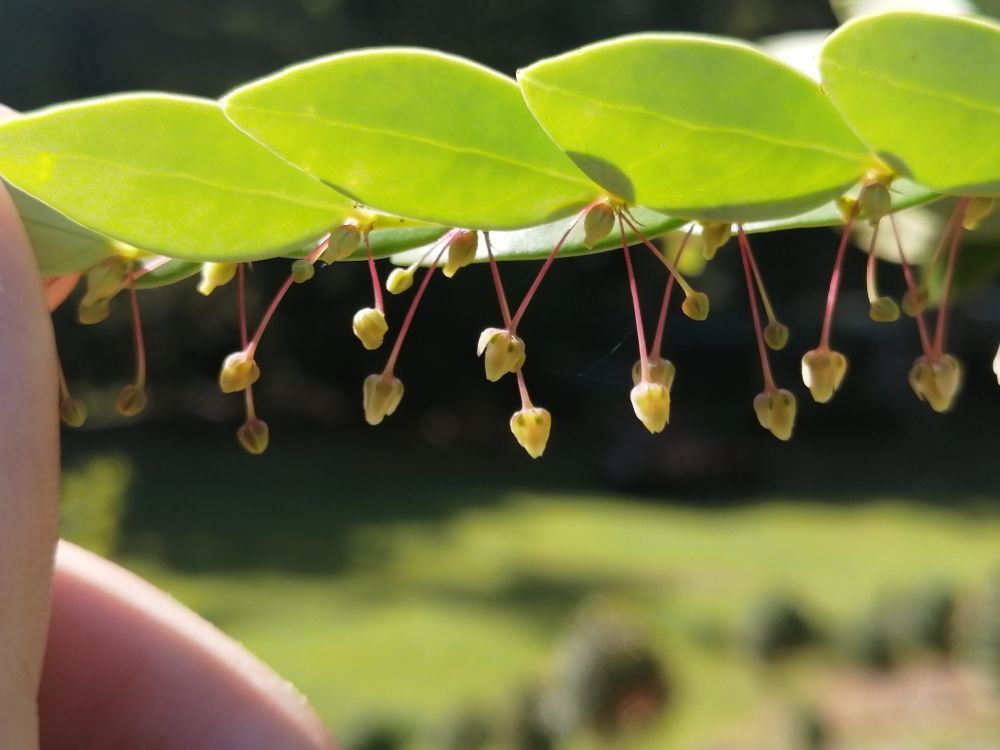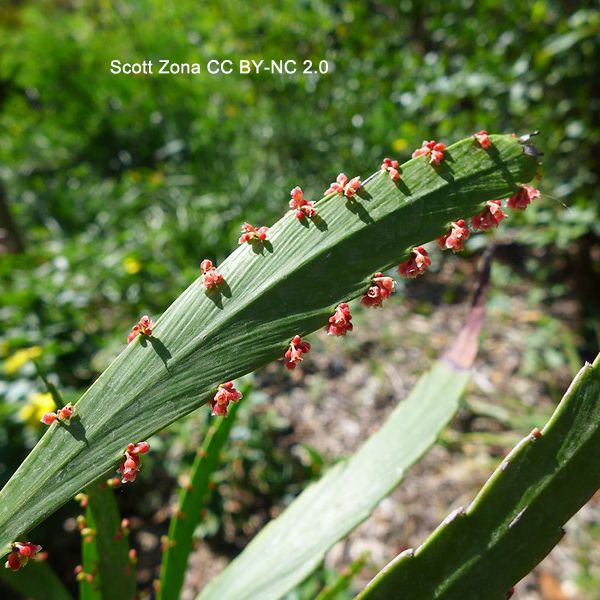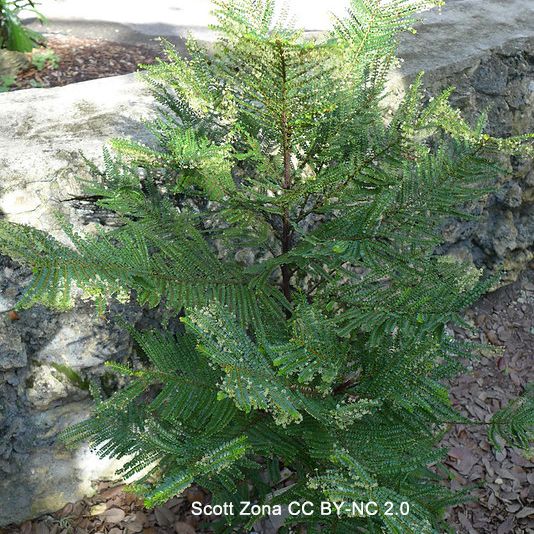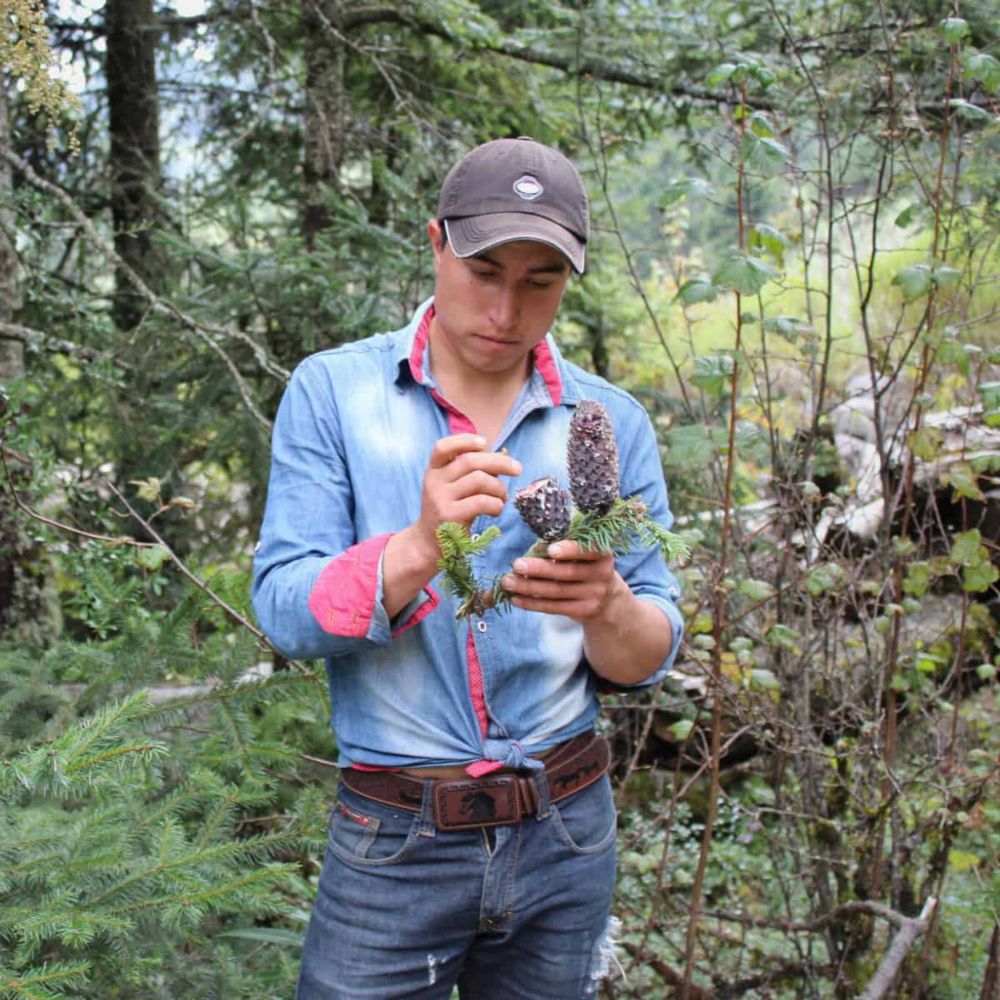

#Primulaceae #Botany 🌾🧪🌱

#Primulaceae #Botany 🌾🧪🌱

























1/3

1/3
"The authors emphasise the importance of taxonomy throughout the conservation process."

"The authors emphasise the importance of taxonomy throughout the conservation process."

